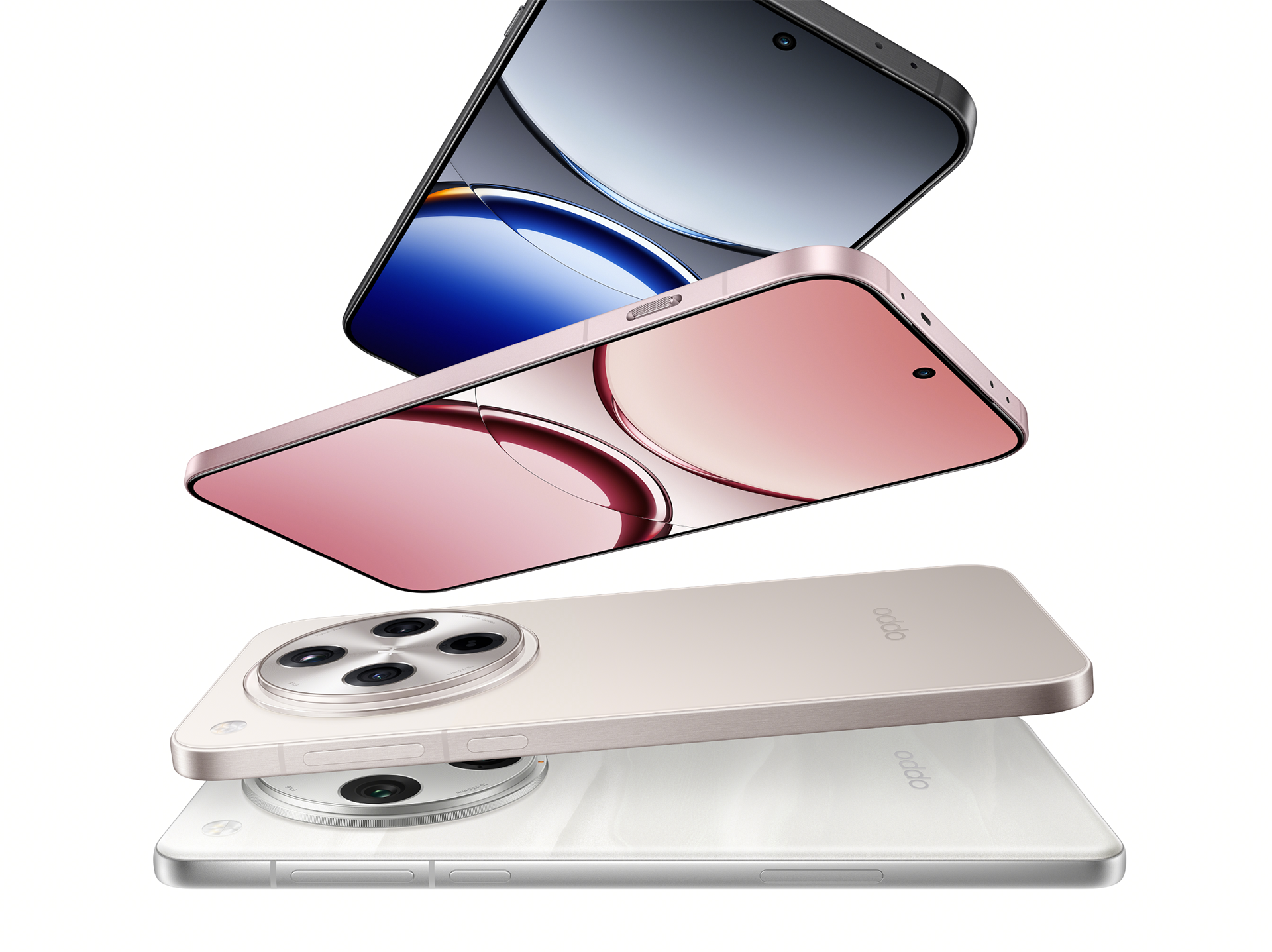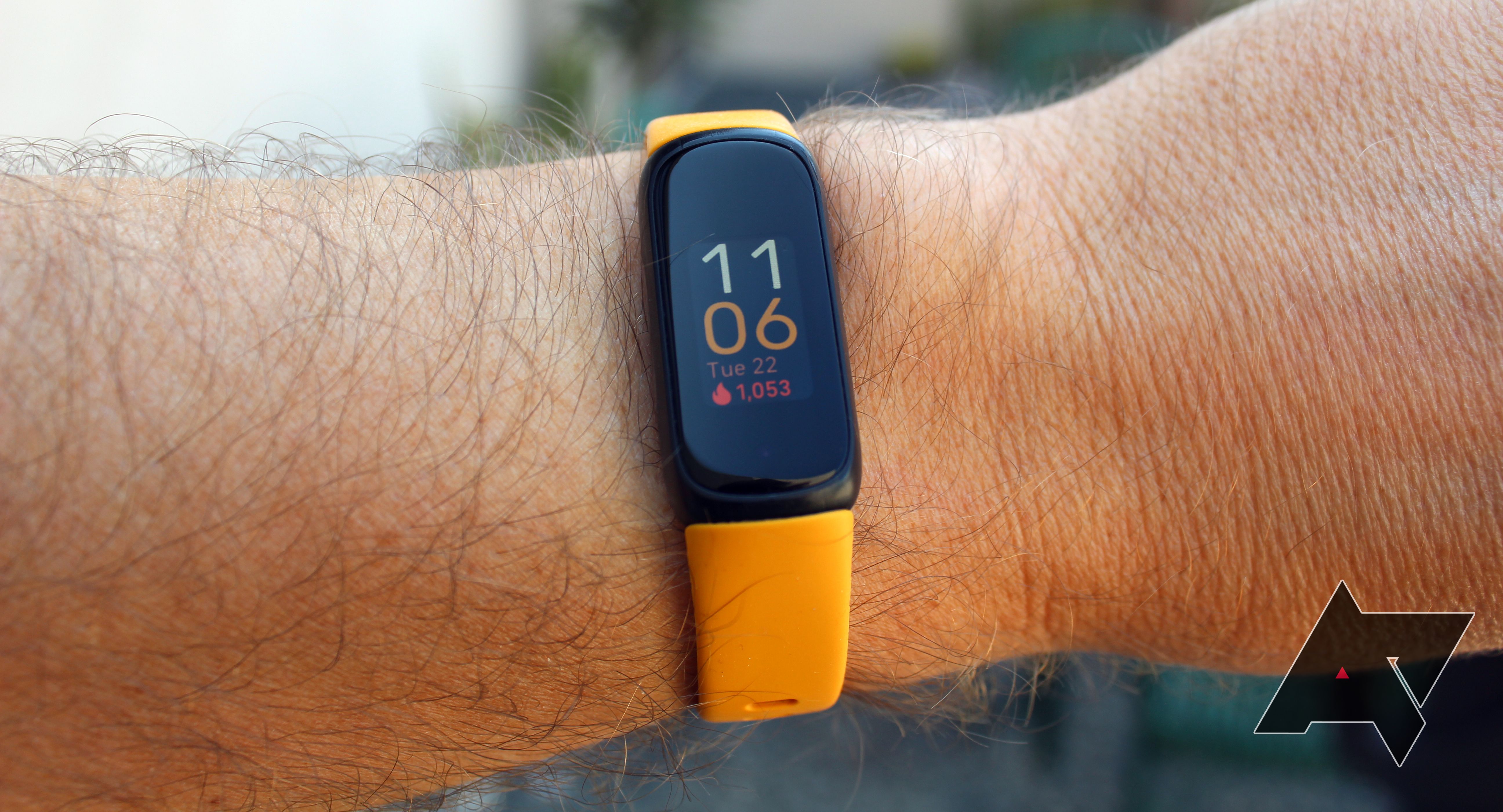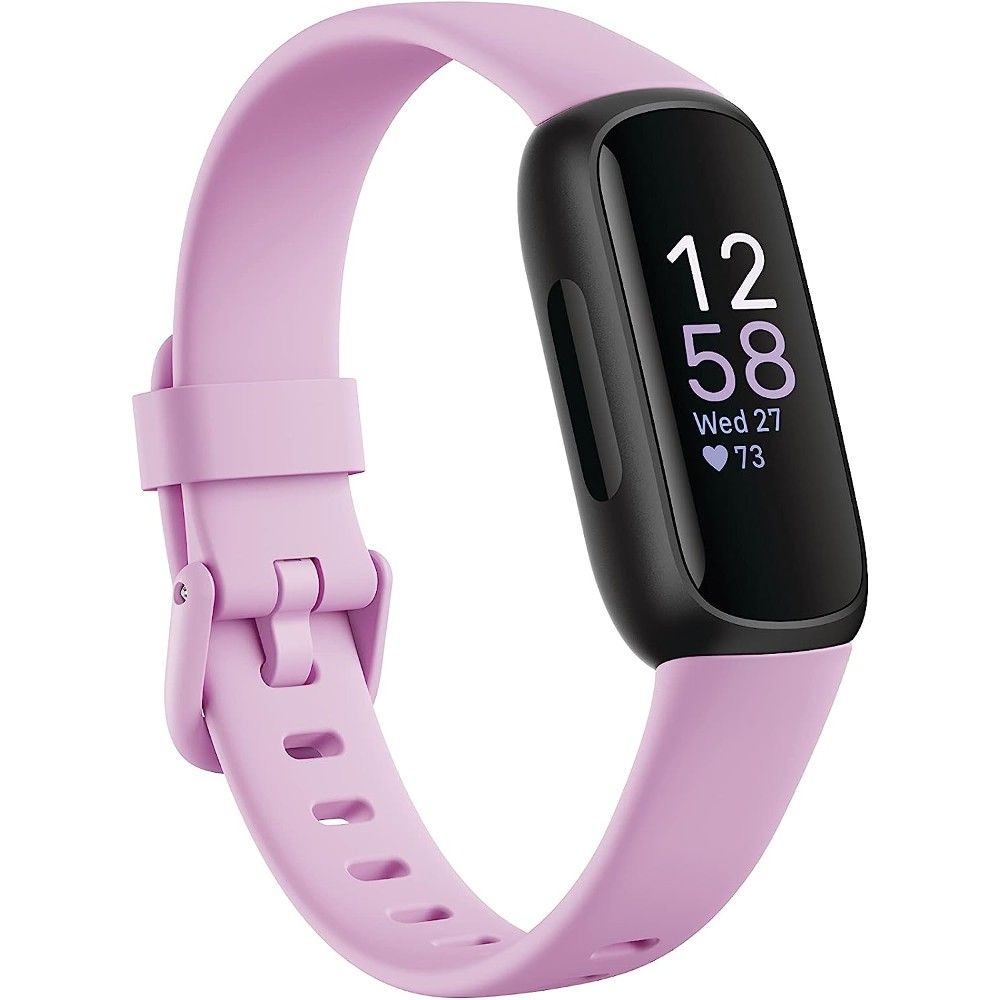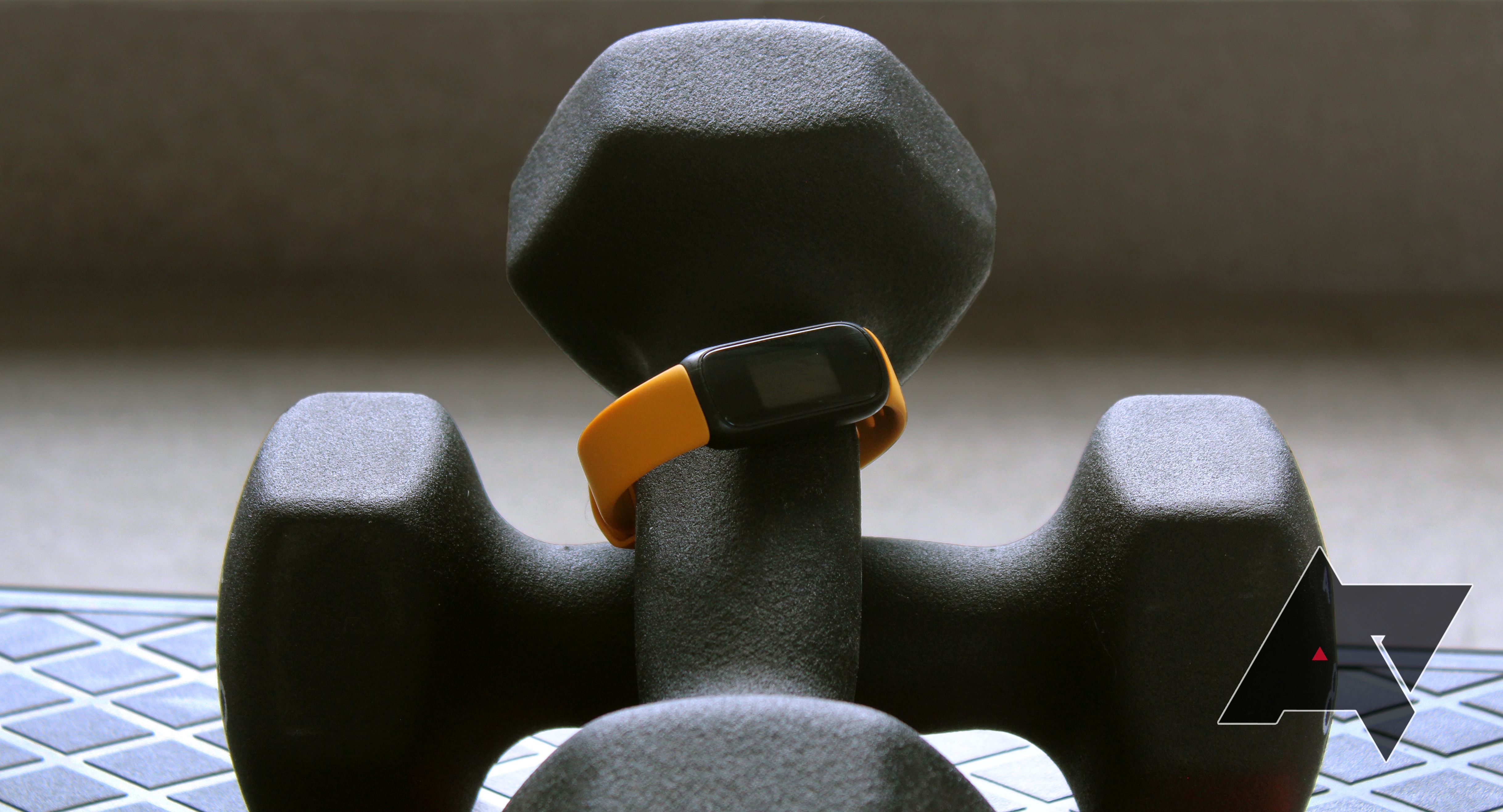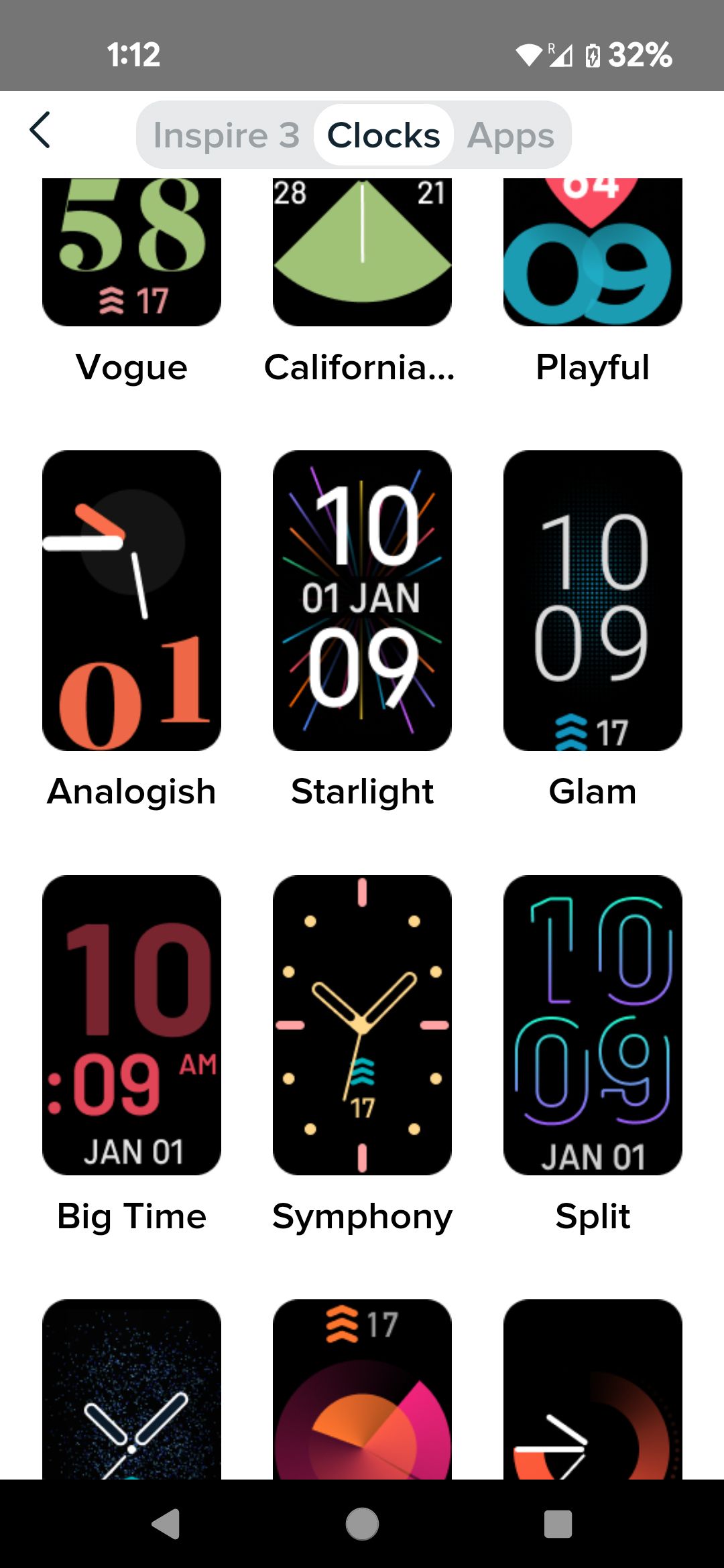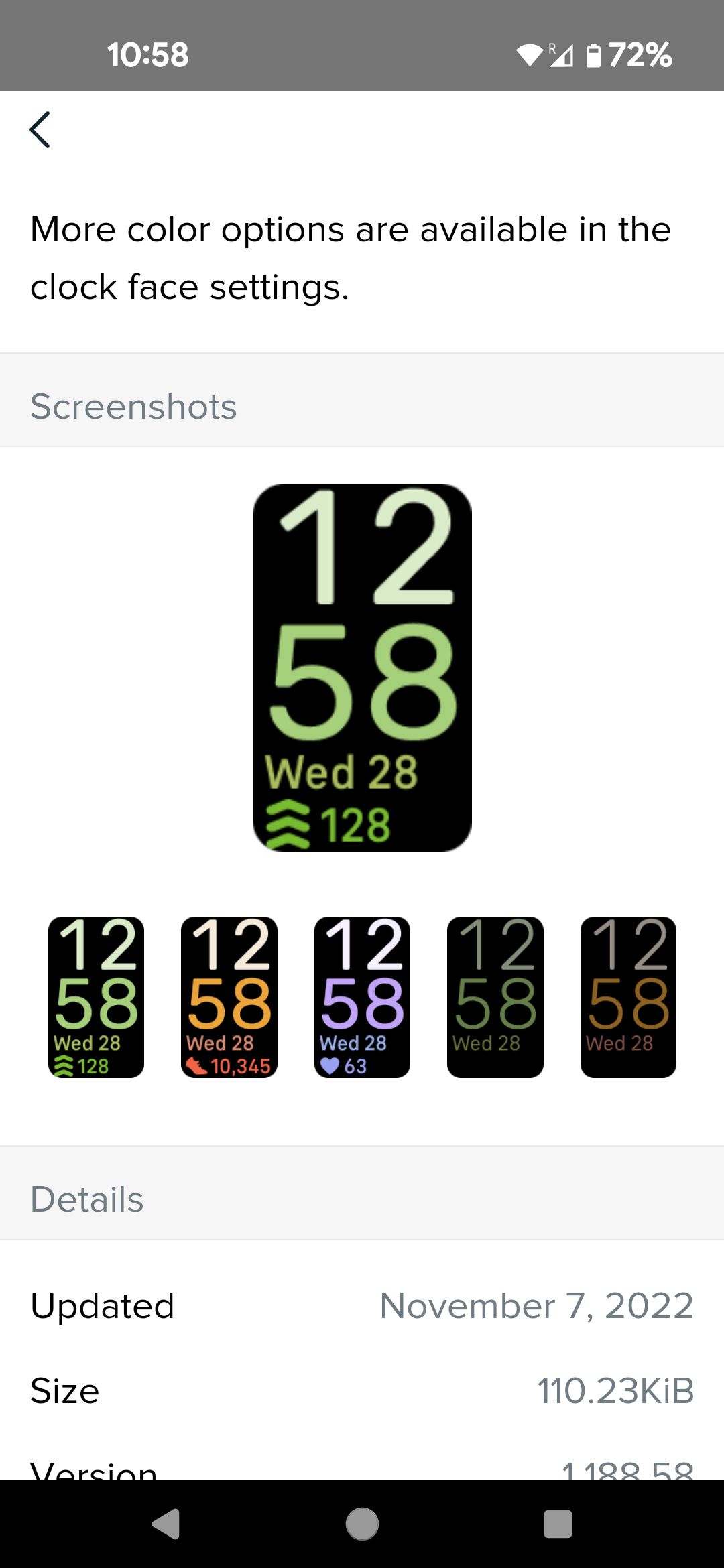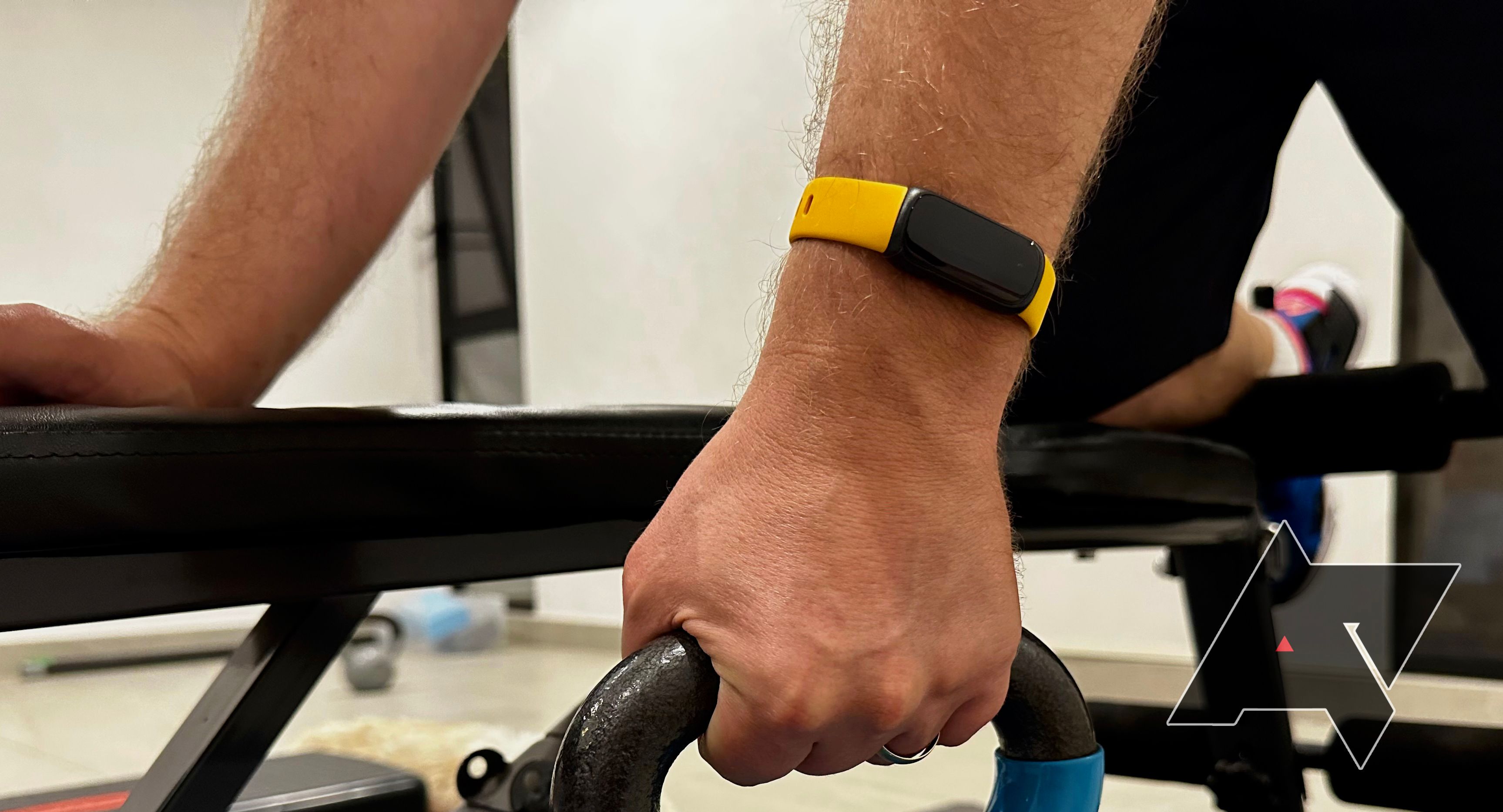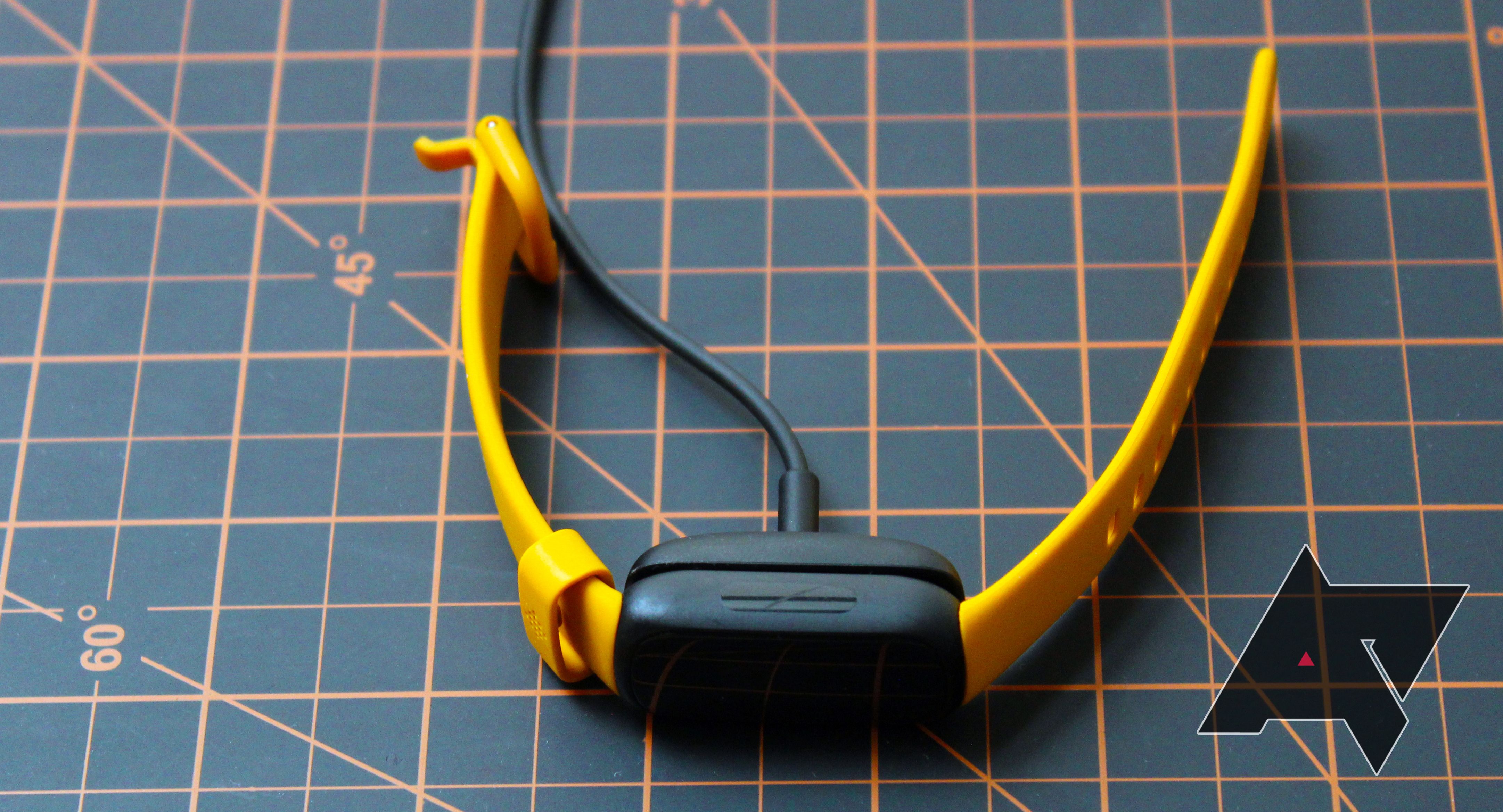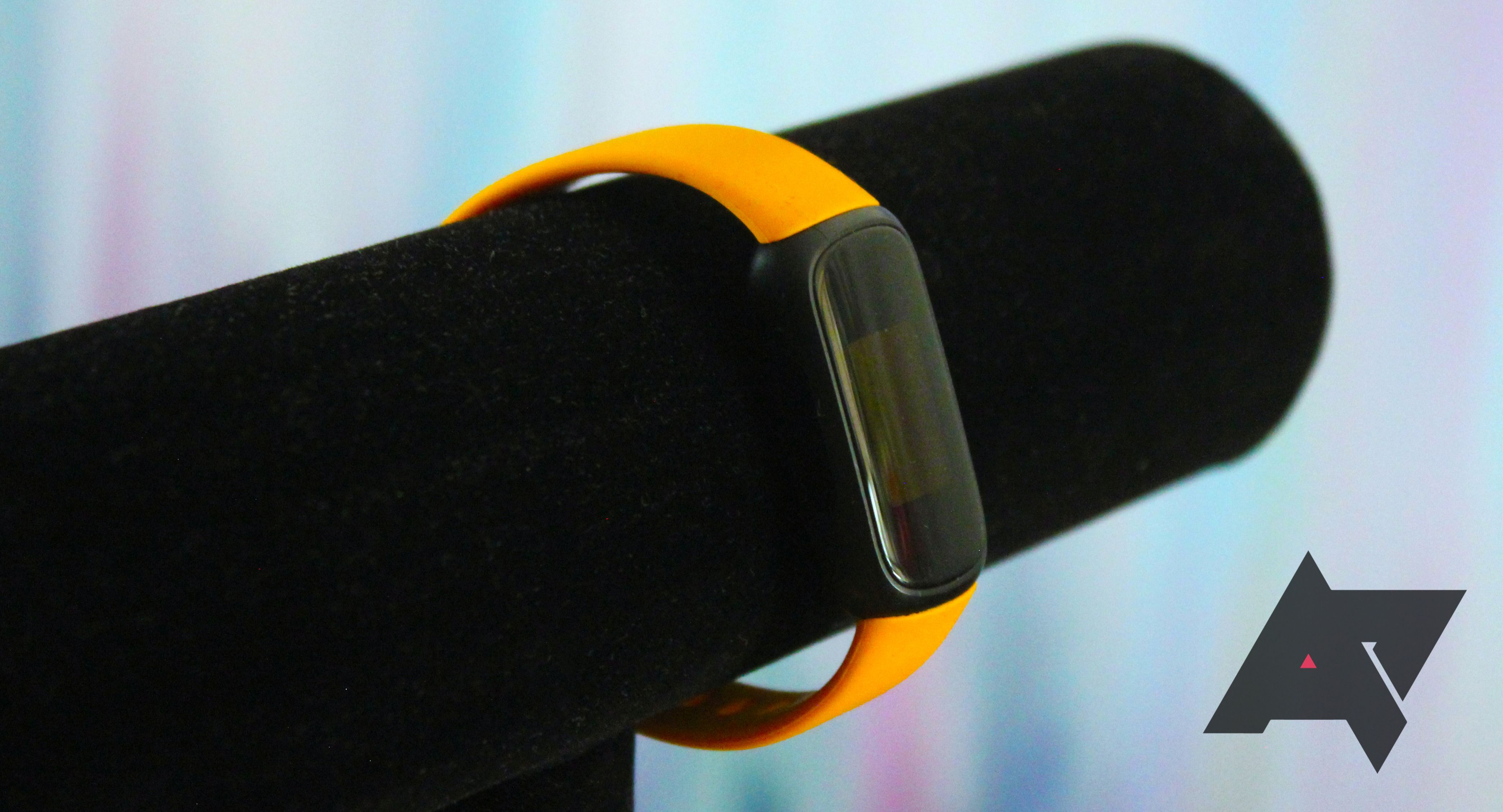Review sản phẩm
Một thiết bị định vị nhẹ nhàng với tuổi thọ pin ấn tượng
Giới thiệu A lightweight tracker with impressive battery life
Một thiết bị theo dõi nhẹ nhàng với thời lượng pin ấn tượng.
Queen Mobile là một cửa hàng uy tín chuyên cung cấp các sản phẩm công nghệ tiên tiến. Một trong số đó là một bộ định vị nhẹ nhàng với tuổi thọ pin ấn tượng.
Việc đánh giá sản phẩm trước khi mua là rất quan trọng để đảm bảo sự hài lòng và đáng đồng tiền bát gạo. Queen Mobile cung cấp cho khách hàng sự tiện lợi và tin cậy trong quá trình đánh giá sản phẩm.
Bộ định vị nhẹ nhàng này là một trong những sản phẩm nổi bật tại Queen Mobile. Với tay cầm tiện dụng, bộ định vị này sẽ giúp bạn dễ dàng theo dõi và tìm kiếm đồ vật mất tích một cách nhanh chóng.
Một ưu điểm đáng kinh ngạc của bộ định vị này là tuổi thọ pin. Với khả năng sử dụng lên tới một tháng, bạn có thể yên tâm sử dụng mà không lo cần phải sạc lại liên tục. Điều này rất hữu ích đặc biệt khi bạn đi du lịch hoặc ra ngoài trong thời gian dài mà không có nguồn điện dự phòng.
Queen Mobile cung cấp cho bạn một phạm vi sự lựa chọn rộng rãi với các sản phẩm công nghệ tiên tiến. Đánh giá sản phẩm một cách cẩn thận và xem xét đặc điểm cụ thể của từng sản phẩm sẽ giúp bạn hiểu rõ hơn về chúng và đưa ra quyết định mua hàng thông minh.
Hãy ghé thăm Queen Mobile ngay hôm nay và khám phá các sản phẩm tuyệt vời mà chúng tôi cung cấp. Đánh giá sản phẩm trước khi mua để đặt niềm tin vào sản phẩm bạn chọn và tận hưởng lợi ích của nó ngay lập tức. #QueenMobile #Đánhgiásảnphẩm #Muanhậtnhanh #Bộđịnhvịnhẹnhàng #Tuổithọpinấn tượng
Mua ngay sản phẩm tại Việt Nam:
QUEEN MOBILE chuyên cung cấp điện thoại Iphone, máy tính bảng Ipad, đồng hồ Smartwatch và các phụ kiện APPLE và các giải pháp điện tử và nhà thông minh. Queen Mobile rất hân hạnh được phục vụ quý khách….
_____________________________________________________
Mua #Điện_thoại #iphone #ipad #macbook #samsung #xiaomi #poco #oppo #snapdragon giá tốt, hãy ghé [𝑸𝑼𝑬𝑬𝑵 𝑴𝑶𝑩𝑰𝑳𝑬]
✿ 149 Hòa Bình, phường Hiệp Tân, quận Tân Phú, TP HCM
✿ 402B, Hai Bà Trưng, P Tân Định, Q 1, HCM
✿ 287 đường 3/2 P 10, Q 10, HCM
Hotline (miễn phí) 19003190
Thu cũ đổi mới
Rẻ hơn hoàn tiền
Góp 0%
Thời gian làm việc: 9h – 21h.
KẾT LUẬN
Một thiết bị theo dõi nhẹ nhàng với thời lượng pin ấn tượng. Đây là một thiết bị nhỏ gọn được thiết kế để giúp bạn theo dõi vị trí của các đồ vật quan trọng như chìa khóa, điện thoại di động hoặc ví tiền. Với khả năng sử dụng lâu dài của pin, bạn không cần phải lo lắng về việc thiếu nguồn năng lượng trong quá trình sử dụng thiết bị. Đồng thời, thiết bị này cũng có tính năng thông báo khiến người mua cảm thấy kích thích và hứng thú. Với thiết kế nhỏ và pin bền bỉ, đây là một lựa chọn lý tưởng để giữ các vật phẩm của bạn an toàn và dễ dàng theo dõi chúng trong cuộc sống hàng ngày.
Fitbit has been with us since 2009, when it brought the world of fitness tracking to the general public for the reasonable price of $100. Since then (and particularly since the Apple Watch in 2015), the market for smartwatches and fitness trackers has exploded bringing a staggering diversity of choices to the public. Despite this abundance, Fitbit’s current $100 offering, the Inspire 3, is still one of the better fitness trackers you can buy today.
At $100, the Fitbit Inspire 3 sits near the top of the budget wearables heap. There’s a lot to like about this small fitness tracker (like long battery life and a top-tier app), but there’s also a lot to be desired (a bigger screen and more inspired watch faces). Whenever you buy an entry-level device you need to be prepared to compromise, so read on to see if the Fitbit Inspire 3 is going to be the tracker for you, or if you’ll have to look elsewhere to fulfill your fitness needs.
Source: Fitbit
Fitbit Inspire 3
The Fitbit Inspire 3 is a great entry-level fitness tracker from one of the biggest names in the game. It’s small form and beefy 10-day battery life mean that it rarely gets in the way of your day-to-day activities. Other than the too-small screen, there’s not a lot to complain about.
- Heart Rate Monitor
- Yes
- Color Screen
- Yes
- Notification Support
- Yes
- Battery Life
- Up to 10 days
- Display
- 1.46″ 124 x 208 OLED
- Sensors
- Heart rate, SpO2, skin temperature, accelerometer
- Water resistance
- 50 meters
- Dimensions (body)
- 1.55″ x 0.73″ x 0.46″
- Color
- Midnight Zen, Lilac Bliss, Morning Glow
- Price
- $100
- Mobile payments
- No
- Workout detection
- Yes
- Exercise modes
- 20
Pros
- Sleek, slim profile
- Accurate, reliable heart rate monitoring
- 10 days of battery life
Cons
- Screen is too small
- No stats-heavy watch faces
- No media playback control
Price and availability
The Fitbit Inspire 3 is available at many retailers — Amazon, Best Buy, B&H, Walmart, and more — for $100. If you can hold out until Black Friday or Prime Day, you can typically get it at 20–30% discount at Amazon or Best Buy. The tracker is also available directly from Fitbit or Google.
Design and hardware
The actual bit of hardware with all the magic in it has a surprisingly low profile. The Fitbit Inspire 3 weighs just under 19 grams with the included bands and, coupled with its compact dimensions, is pleasantly unobtrusive. On the front is a touch-sensitive, color AMOLED display (Fitbit doesn’t list the size, but it’s about 0.4” × 0.7”), and on the sides are two touch-sensitive strips that you use for basic interactions with the tracker.
On the back are heart rate, blood oxygen saturation, and skin temperature monitors. Inside is a vibration motor, a three-axis accelerometer, an ambient light sensor, a Bluetooth transceiver, and a lithium-polymer battery.
The whole package looks really nice on my wrist and never gets in the way of what I’m doing. I also like the yellow bands. Typically I go for the black colorway, but the splash of color adds enough personality to turn the Inspire 3 into a personal object instead of just another fitness tracker.
Display
The AMOLED display looks great with deep contrast that shows up outside in the sunlight almost as well as it does at night. Despite this, there isn’t a lot for the Inspire 3’s screen to do with that luscious contrast. The different apps all have a chromatic theme, but it’s rare to see more than two colors together on-screen at once.
Neither the resolution nor the refresh rate are published, but if those are high on your list of “must haves” for your fitness wearable, this isn’t the device for you. The screen is small, let’s not pull any punches, but the resolution is sufficient that you can’t see any pixelation. Having said that, the screen might be too small. I’m 44 and wear reading glasses, and the on-screen text is often illegible without them, which isn’t ideal when I’m running on a treadmill.
Software and performance
If the core of the Fitbit experience is gamifying fitness and physical activity, the app is where you can see all of your scores, access your account, augment your data, interact with friends, manage your device, and a ton more. There’s a lot going on, and it will take you a few days to figure out which features are important to you (I like keeping track of exercises and steps) and which aren’t (I don’t care about stress management or sleep).
When you buy an Inspire 3, you also get six months of Fitbit Premium at no cost. Premium doesn’t add any functionality to your tracker, but it does give you access to more Fitbit curated content (video workouts and recipes) and analytics (sleep and wellness reports). Premium isn’t for me, but I can see how it could be useful for people looking for new workout or recipe ideas.
The Inspire 3 has a number of screens you can swipe through using its touch-screen interface. Besides the clock face/home screen, there are notification, exercise, relax, alarm, and timer screens/apps. There’s also an SpO2 app and a Find my Phone app that don’t have their own screen and can be uninstalled.
I like the notifications because I always forget to take my phone off silent, but it took me a day to realize I had to set them up in the app on my phone to get it to work (I’m a wearables noob). When it comes to logging your workouts/runs, the Inspire 3 does a good job of auto-detecting some exercises, but if you want to be more explicit, you can assign up to six exercise shortcuts on your Inspire to make tracking quicker and easier. The alarm and the timer are nice to have, but I didn’t get much use out of them since they’re pretty primitive.
To me, the biggest missed opportunity with the Inspire 3 isn’t the fact that there aren’t any other apps available for the tracker, it’s the profound dearth of quality watch faces. There are 21 available faces with catchy, focus-group-friendly names, but nearly every one focuses on telling the time with health stats added as a fine-print afterthought. Like I said earlier, I can’t read small text without my glasses, so that makes it hard to check my heart rate when I’m working out. There are an abundance of complaints about this in the Fitbit forums, but it’s just an issue the company has evidently decided to ignore.
Health and fitness
The majority of the health benefits of a Fitbit lie not so much in the tracker as they do in the app. A big part of fitness is managing weight, and as anyone who has successfully lost weight will tell you, the pounds come off in the kitchen, not the gym. To this end, Fitbit comes with a food tracker that lets you either manually input the food you eat or scan the barcode of what you’re consuming. It takes a bit of time to establish the habit of tracking your consumption, but knowing your caloric input helps you make better food choices.
As for tracking your exercises, the app has 21 to choose from. Some, like tennis, are very specific, but others, like interval workout, are a bit more vague. You can either start an exercise session from your phone or you can assign six of the 21 exercises to your tracker to start from there. I prefer to start tracking directly from the Inspire 3 since starting from your phone will prevent you from interacting with the Fitbit app until you stop the activity.
What the Inspire 3 really brings to the table are more metrics to augment what the app offers. Depending on your exercise goals, keeping track of your heart rate is very important. Fitbit breaks down your heart rate into four zones: rest/low intensity is below 50% of your maximum; fat burn zone is between 50% and 69%; cardio zone is between 70% and 84%; and peak zone is 85% and higher. If you want to focus on losing those love handles without burning yourself out, stay in the fat burn zone. On the other hand, if you’re doing a HIIT routine, you need to push your heart rate above 85% to get the full benefits.
The Inspire 3 also offers blood oxygen saturation detection, but it only takes readings when you sleep. In fact there are a number of metrics it takes when you sleep, which are used by the app to generate a Daily Readiness Score (a Premium feature). The app says it takes 14 days of readings to fully calibrate, but I have never noticed a correlation between the score and how I feel. Some days I barely have the energy to work out, but the app is telling me my body is in peak condition.
Battery and charging
The real star of the Inspire 3’s is the battery. Fitbit advertises that the Inspire 3 has 10 days of battery, and after nine days of use, I was down to 18% and might have been able to push it one more day. This was with the always-on feature turned off and just using touch to wake the tracker.
Charging it back up to 100% took me less than two hours, which is great. The only drawback is the proprietary charger that you can’t lose, or else you’ll have to buy another one from Amazon.
Competition
The market for fitness trackers ~$100 with a small form is becoming increasingly crowded as the underlying technology becomes more common and less expensive.
If you ignore all of the cheap imports, you’re left with four choices: Fitbit, Garmin, Xiaomi, and Amazfit. If you want a Fitbit with a bigger screen and built-in GPS, you’ll want to look at the Charge 5, although it comes in at $150. Garmin’s vívofit 4 occupies the same niche as the Inspire 3 at just $80 but sacrifices the color screen and heart rate monitor.
If you’re willing to take a chance on a relative newcomer to the fitness tracker market, look at either the Amazfit Band 7, which offers more functionality than the Inspire 3 on paper (including Alexa integration) for just $45 on Amazon, or the Xiaomi Smart Band 7 (also around $45) with similar specs and NFC to boot.
Should you buy it?
The Fitbit Inspire 3 sits at the top of the budget fitness tracker market. The $100 price tag is a lot if you’re just looking for a step counter, but given everything else packed into this powerful fitness tracker, you’ll be hard-pressed to find a better bang for your buck. Fitbit has a solid reputation, and if you’re looking for a reliable entry-level fitness tracker with a small form factor, this is a good choice.
On the other hand, the size of the screen can be problematic, especially if you’re interested in health metrics more than the time of day. Fitbit also hasn’t introduced any new watch faces since November 2022, hinting that they may have moved on from the Inspire 3 in favor of newer devices. If you’re looking for a smartwatch with health-tracking features, this isn’t the device for you. Likewise, if you want more advanced features like Amazon Alexa integration or NFC capability, you’ll have to look somewhere else.
The Fitbit Inspire 3 is a quality product from a reputable manufacturer. If you’re okay with a couple of caveats and you know how much device you need, I can unequivocally recommend the Inspire 3.
Source: Fitbit
Fitbit Inspire 3
The Fitbit Inspire 3 is a great entry-level fitness tracker from one of the biggest names in the game. It’s small form and beefy 10-day battery life mean that it rarely gets in the way of your day-to-day activities. Other than the too-small screen, there’s not a lot to complain about.
Xem chi tiết và đăng kýXem chi tiết và đăng ký
Khám phá thêm từ Phụ Kiện Đỉnh
Đăng ký để nhận các bài đăng mới nhất được gửi đến email của bạn.
